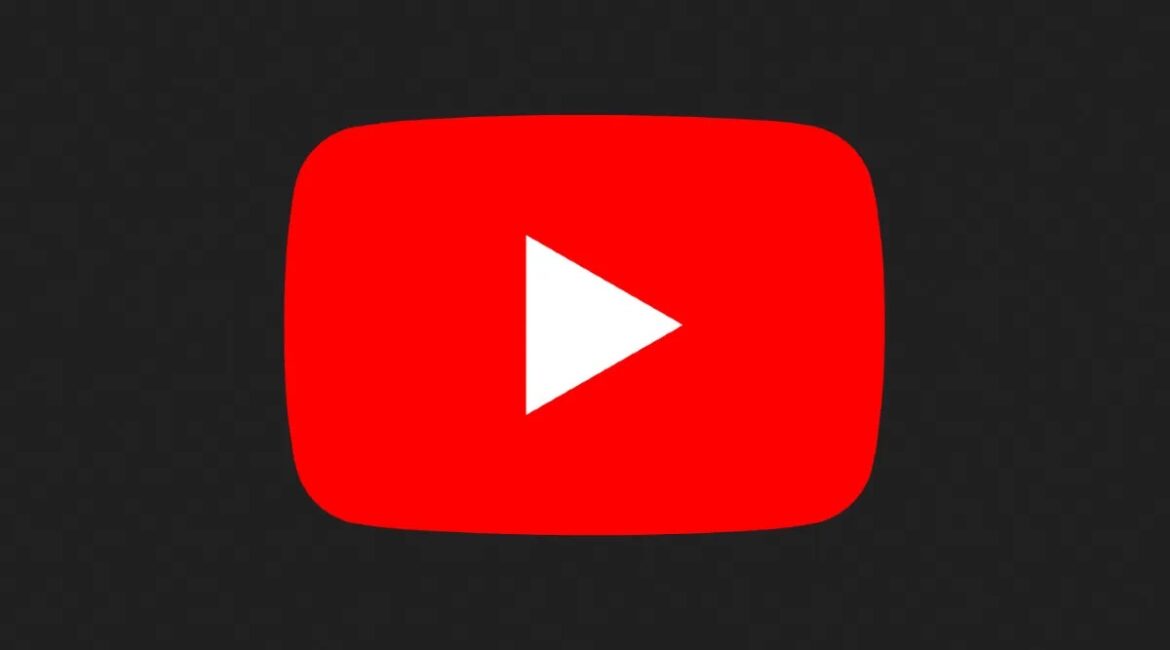When YouTube first launched in 2005, it was a platform for sharing quirky videos and personal moments. Fast forward to today, and YouTube has evolved into something far greater—a vast video encyclopedia where knowledge, creativity, and insights are just a click away. This blog post explores how YouTube transitioned from a simple video-sharing website to a comprehensive educational resource.
From Humble Beginnings to Global Phenomenon
YouTube’s journey began with simple user-generated content. The first video, titled “Me at the zoo,” was far from educational, but it laid the foundation for a platform that would eventually encompass every conceivable topic. As the user base grew, so did the diversity of its content. What was once a repository for amateur videos began attracting experts, educators, and influencers who saw the potential to reach a global audience.
The Rise of Educational Content
The real turning point for YouTube came with the realization that it could serve as an educational tool. Institutions and educators started to publish content, ranging from complex scientific theories explained by experts to practical everyday advice like cooking and home repairs. Channels like Khan Academy leveraged YouTube’s platform to provide free education to students globally, offering video tutorials on subjects ranging from mathematics to art history.
User-Generated Knowledge
What sets YouTube apart as a video encyclopedia is its vast array of user-generated content. Unlike traditional encyclopedias, which rely on a limited group of experts, YouTube benefits from the collective knowledge of millions. This democratization of knowledge has allowed for a broader range of content, including niche topics that might not be covered in traditional educational materials.
Challenges and Opportunities
As YouTube grew, it faced challenges typical of large platforms: misinformation, copyright issues, and varying quality of content. However, it has continuously worked to refine its algorithms to promote reliable information and has added features like YouTube Learning, which highlights educational videos.
A Tool for Continuous Learning
Today, YouTube is more than just an entertainment platform; it’s a tool for continuous learning. Whether it’s a student watching a step-by-step physics tutorial, a professional brushing up on marketing techniques, or a curious soul learning about ancient civilizations, YouTube offers content for every learner.
Conclusion
Calling YouTube a video encyclopedia captures its essence perfectly. It’s a dynamic platform where information is not only consumed but also shared, discussed, and enriched. YouTube continues to shape how we learn and interact with information, proving that education can be accessible, engaging, and ever-evolving.
YouTube’s evolution into a video encyclopedia showcases its pivotal role in the digital age as a bearer of knowledge and a bridge between cultures and disciplines. As we look forward, it’s clear that YouTube will continue to be a key resource for learners worldwide, transcending the traditional boundaries of education.
